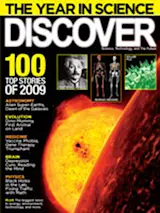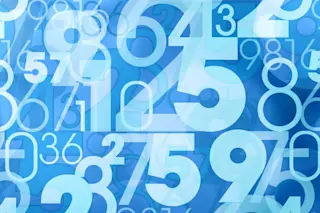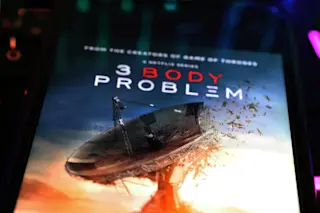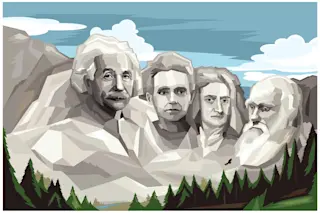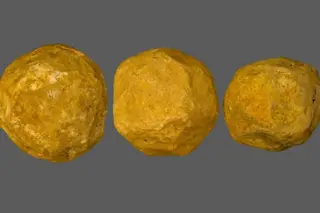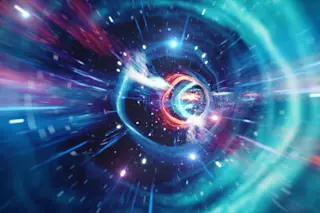During rush hour, maddening traffic jams can arise without an obvious cause. In May mechanical engineer Morris Flynn of the University of Alberta produced a model that shows how these “jamitons,” or phantom jams, develop.
Traffic jams have been represented mathematically as waves of alternating heavy and light car density. When Flynn analyzed these equations, he noted striking similarities to the detonation waves that radiate outward from an explosion. As in a detonation, jamitons divide the surrounding space into upstream and downstream regions. Downstream drivers are the ones caught in the congestion; upstream drivers are the ones who are unaware of the jam they are about to hit.
Improving data flow could provide an easy fix. “Since many cars are outfitted with GPS, you could interactively convey this information to drivers,” Flynn says. Drivers approaching a forming jam could then slow down well in advance, lowering traffic density: “It reduces ...


